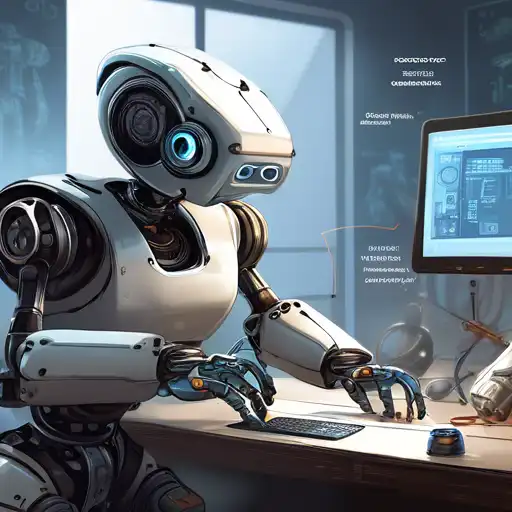Introduction to Robotics Programming
Robotics programming is an exciting field that combines the creativity of software development with the physical world of robots. Whether you're a hobbyist looking to build your first robot or a professional aiming to enhance your skills, understanding the basics of robotics programming is essential. This guide will walk you through the foundational steps to get started in this dynamic field.
Understanding Robotics and Programming
Before diving into robotics programming, it's important to grasp what robotics entails. Robotics is the branch of technology that deals with the design, construction, operation, and application of robots. Programming, on the other hand, is the process of creating instructions for computers or robots to execute. Combining these two fields allows you to bring robots to life, enabling them to perform tasks autonomously or semi-autonomously.
Choosing the Right Programming Language
Selecting the appropriate programming language is crucial for robotics programming. Some of the most popular languages include:
- Python: Known for its simplicity and readability, Python is great for beginners and is widely used in robotics for tasks like automation and data analysis.
- C++: Offers high performance and is commonly used in robotics for controlling hardware directly.
- Java: Provides portability across different platforms, making it a good choice for robotics applications that need to run on various devices.
Each language has its strengths, so consider your project requirements when choosing.
Essential Tools and Software
To start programming robots, you'll need some essential tools and software. Here are a few to consider:
- Robotics Kits: Kits like LEGO Mindstorms or Arduino starter kits provide a great introduction to robotics programming.
- Integrated Development Environments (IDEs): Software like ROS (Robot Operating System) or Arduino IDE can simplify the coding process.
- Simulators: Tools like Gazebo allow you to test your robots in virtual environments before building physical models.
Learning Resources and Communities
There are numerous resources available to help you learn robotics programming. Online platforms like Coursera, Udemy, and edX offer courses tailored to beginners. Additionally, joining communities such as the ROS community or local robotics clubs can provide valuable support and inspiration.
Building Your First Robot
Once you've acquired the necessary knowledge and tools, it's time to build your first robot. Start with a simple project, such as a line-following robot or a basic robotic arm. These projects will help you apply what you've learned and gain hands-on experience.
Conclusion
Robotics programming is a rewarding field that offers endless possibilities for innovation and creativity. By starting with the basics, choosing the right tools, and engaging with the community, you'll be well on your way to becoming proficient in robotics programming. Remember, the journey of a thousand miles begins with a single step—so take that step today and dive into the world of robotics programming.
